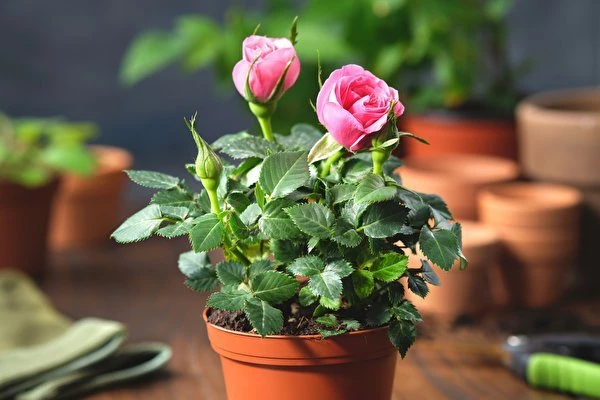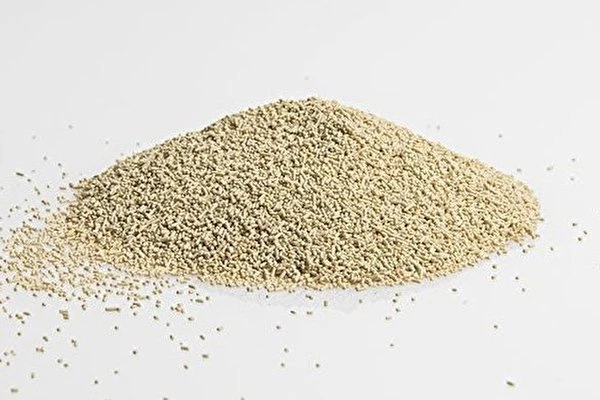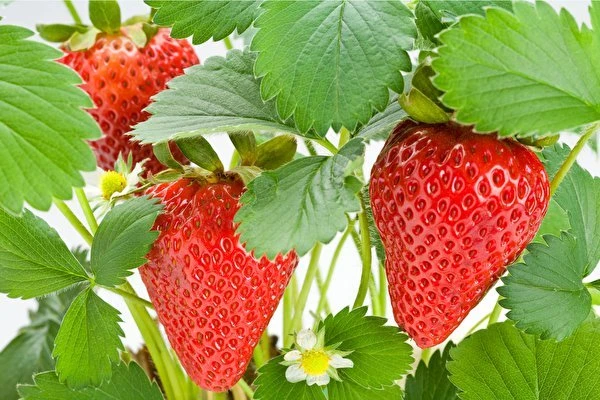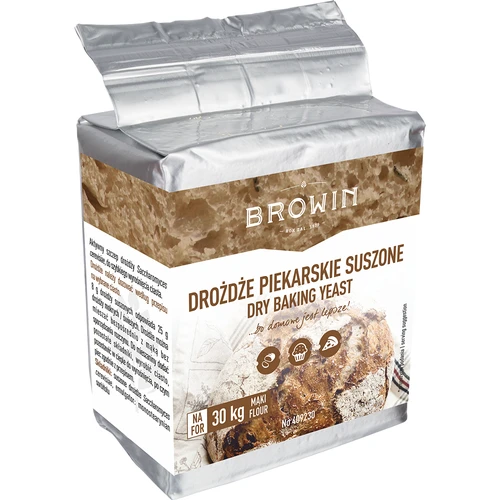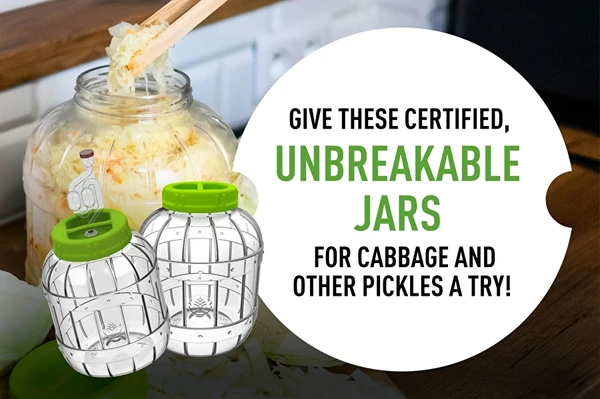
You can also use baker’s yeast in the garden
It is an excellent alternative to chemical-based plant production products and mineral fertilisers. In the day of increasing awareness regarding the quality of food consumed, the natural and environmentally-friendly methods of supporting plants that have been around for a long time are growing in popularity. This is not without reason – they simply have no negative impact on our health, contrary to the commonly applied artificial fertilisers and chemical-based plant protection products. One of such environmentally-friendly supporting methods is the application of baker’s yeast as a fertiliser and for spraying vegetables, fruit and other plants, also the pot plants cultivated at home.
How does yeast fertiliser work?
The natural fertiliser made of baker’s yeast has a wide range of applications: it stimulates the growth of plants, results in more lush blooming and reinforces the root system, making it easier for the plants to absorb water and minerals from the soil. It also limits the presence of adverse microbes that lead to root system diseases and protects against fungal diseases.

How to prepare yeast spray?
As mentioned before, baker’s yeast can also be used to treat certain plant diseases. This consists in fighting pathological fungi with beneficial ones.
In order to prepare the spray, it is enough to use 32 g of dried baker’s yeast or 100 g of fresh yeast, pouring it over with 0.5 L of fat, lukewarm milk. Mix everything, add 10 L of water and, optionally, about a dozen drops of liquid grey soap (as a thickener) and mix everything again. Pour the solution into a sprayer and use it to spray the plants thoroughly, especially the undersides of leaves.
Tip: it is also recommended to use this mix preventively, once a week.
How to make fertiliser from baker’s yeast?
A yeast mixture for supporting plants can take two forms:
- Non-fermented yeast fertiliser
In order to prepare the mix, it is enough to use 32 g of dried baker’s yeast or 100 g of fresh yeast and 10 L of warm water. Mix everything thoroughly and leave it for about 60 minutes. The solution does not require diluting and is suitable for use after the time above indicated.
- Fermented yeast fertiliser
It is a stronger form of the fertiliser than can be made from the same amount of yeast - add a glass of lukewarm water and 1-2 glasses of sugar to 32 g of dried yeast or 100 g of fresh yeast. After 2 hours, add 10 L of lukewarm water and leave the mixture so created to ferment for a week. Afterwards, and after diluting it properly (1 glass of solution per 10 L water) the fertiliser is ready to use.
Tips:
It is best to use this fertiliser at the onset of spring and at the end of summer. If required, it can be used all year round. However, it should not be used more often than once in 2 weeks. For preparing the yeast fertiliser we can use the rainwater collected. It is devoid of chlorine compounds, which increases the value of the solution so prepared. It is also possible to use water from washing vegetables. This fertiliser can also be made of yeast that exceeded its best before date. It is a good news for those who have excess yeast supplies that they failed to use on time. This allows us to act in line with the ZERO WASTE trend!
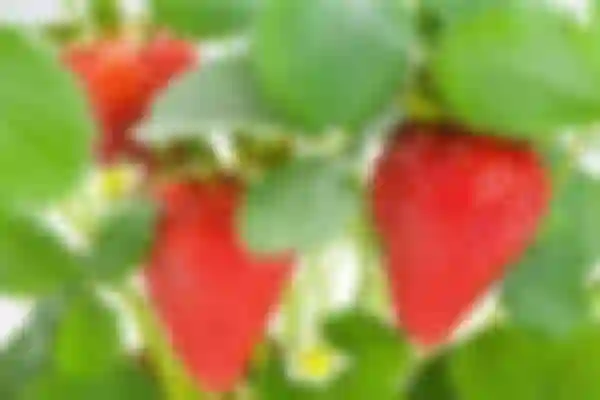
For which plants can we use the fertiliser and spray made of baker’s yeast?
Yeast fertiliser can be used for watering and spraying vegetables (tomatoes, cucumbers), fruit bushes, trees and shrubs (strawberries), decorative plants (roses) and pot plants cultivated at home.
Non-fermented yeast fertiliser will be excellent at nourishing the microflora of a composter.
Spraying with baker’s yeast can be employed in the event of diseases such as spot disease, mildew, grey rot or potato blight.
As you can see, there is a wide range of applications of baker’s yeast in the garden as well. Therefore, never discard it as you can always use it. Either your belly or your garden will be grateful for them.

...because homemade is better!







 Cheese calculator
Cheese calculator



 Winemaking
Winemaking






